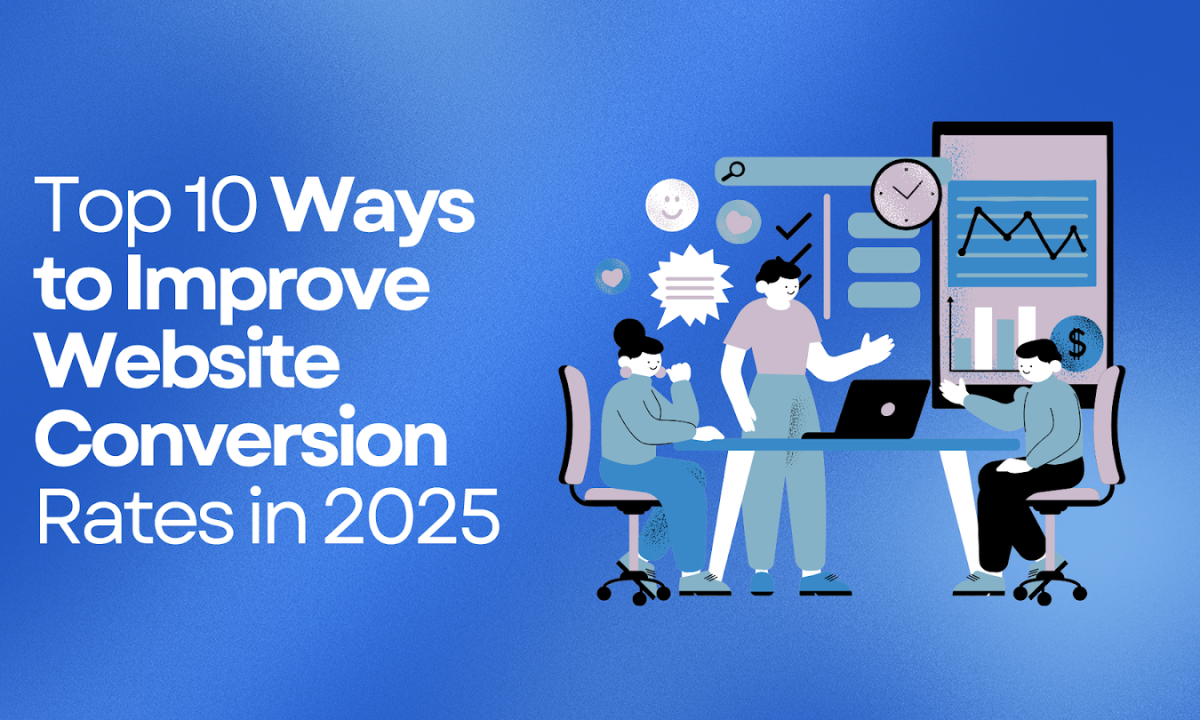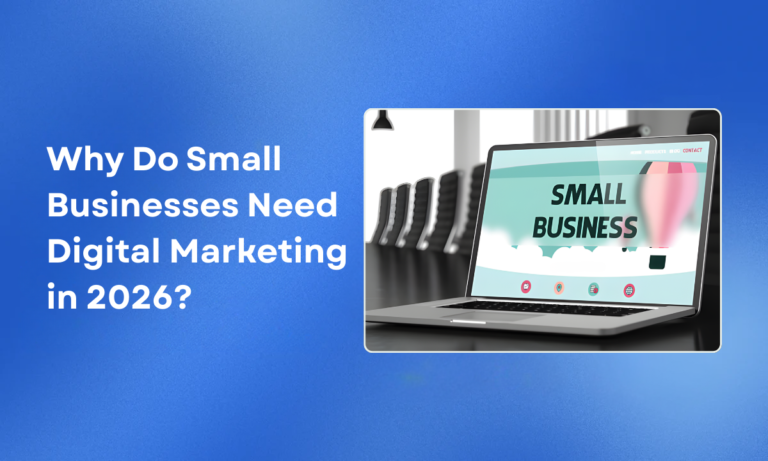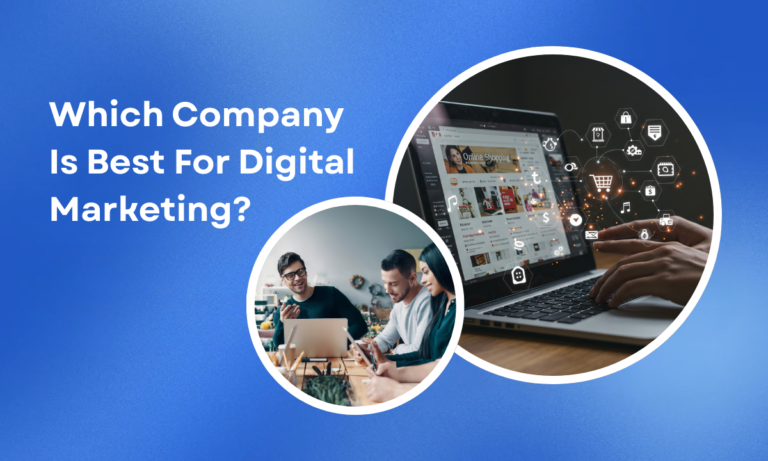Let’s face a hard truth: your website traffic means nothing if visitors aren’t converting. In 2025, with attention spans shorter than ever and competition fiercer than before, optimizing your website conversion rates isn’t optional—it’s existential.
Consider these eye-opening stats:
- Websites that load beyond 2 seconds see 53% higher bounce rates (Google 2024 data)
- Mobile users abandon checkout pages 3x more often when forms aren’t optimized (Baymard Institute)
- AI-powered personalization can boost conversions by up to 35% (McKinsey)
This isn’t about quick fixes or “growth hacks.” We’re diving deep into Best Practices for Conversion Rate Optimization that move the needle in 2025—from mobile-friendly web design fundamentals to cutting-edge AI implementations that anticipate user needs.
Whether you’re running an e-commerce store in Bangalore or a SaaS platform targeting global markets, these 10 strategies will help you:
- Convert passive visitors into paying customers
- Reduce costly acquisition waste
- Future-proof your digital funnel against algorithm shifts
The game has changed. Are you ready to play?
1. Mobile-First Design
Google now indexes mobile versions first – a sluggish mobile experience directly hurts your website conversion rates. In Bangalore’s mobile-dominant market (72% of web traffic), this is non-negotiable. Implementing responsive web design strategies ensure your website looks great and functions on all devices.
Key implementations:
- Thumb-zone navigation: Place CTAs where fingers naturally reach (bottom 1/3 of screens)
- Accelerated Mobile Pages (AMP): Cut load times to under 1.5 seconds for product pages
- Dynamic image scaling: Serve 30% lighter WebP images to mobile users automatically
Impact: Flipkart saw 70% higher mobile conversions after implementing touch-optimized checkout flows.
2. AI-Powered Personalization: The 2025 Gamechanger
Generic content converts at just 2-3%. Machine learning now enables real-time personalization at scale – a must for Optimizing websites for More Leads.
How it works:
- Behavioral triggers: Show different CTAs based on scroll depth/time spent
- Predictive offers: “Customers in Bangalore also bought” widgets with 92% accuracy
- Dynamic pricing: Display location-specific discounts (tested by Myntra for an 18% lift)
Pro Tip: Start with low-hanging fruit like personalized email retargeting before full AI implementation.
3. Form Optimization: The Silent Conversion Killer
Clunky forms abandon 67% of potential leads (Formisimo 2024). In Bangalore’s fast-paced market, every extra field costs conversions.
Critical fixes:
- Smart progressive profiling: Only ask for 1-2 fields per interaction across multiple touchpoints
- Autocomplete magic: Pre-fill Bangalore area codes (+91) and common local business types
- Inline validation: Show real-time feedback as users type passwords/emails
Case Study: A Bangalore HR tech startup reduced form drop-offs by 41% simply by cutting fields from 11 to 5.
4. Speed as a Conversion Currency
Google’s 2025 algorithm now penalizes pages over 1.8s load time, directly hitting your website conversion rates.
Bangalore-specific solutions:
- Edge computing: Serve cached content from local AWS Mumbai servers
- Lazy-load negotiation: Prioritize loading CTA buttons before hero images
- Font face stripping: Remove unused glyphs from custom fonts (saves 100-300kb)
Data Point: UrbanLadder’s Bangalore visitors converted 2.3x more after compressing product images from 450KB to 90KB.
5. Social Proof Engineering: Bangalore’s Trust Catalyst
In a market where 83% of B2B buyers check peer reviews before engaging (Gartner 2025), static testimonials no longer suffice.
Advanced implementations:
- Dynamic trust badges: Display real-time purchase notifications (“3 companies in Koramangala booked demos today”)
- Video testimonials: Feature recognizable Bangalore tech leaders (30% higher credibility than text)
- Micro-commitments: “Join 1,240 Bangalore marketers” performs better than generic “Sign up”
Impact: A Whitefield SaaS company increased demo requests by 27% after adding employee LinkedIn profile links to their CTA section.
6. CTA Neurodesign: The Science Behind Clicks
Generic “Submit” buttons convert under 3%, but behavior-driven CTAs leverage primal decision-making.
Bangalore-tested formulas:
- Time-sensitive: “Get Bangalore delivery slot” outperforms “Order now”
- Value-first: “Download 2025 Bengaluru Market Report” beats “Download PDF”
- Risk-reversed: “Start free trial – cancel anytime” increases FinTech signups by 19%
Pro Tip: Run A/B tests with different Kannada/English CTA mixes for local audiences.
7. A/B Testing at Scale: Beyond Button Colors
Most Bangalore firms still test superficial elements while ignoring conversion goldmines. Modern optimization requires surgical precision.
Bangalore-proven test ideas:
- Pricing table psychology: “Most Popular” badges on mid-tier plans (23% lift for a Koramangala SaaS firm)
- Checkout flow variations: OTP-first vs payment-first for local mobile users
- Localized urgency: “Only 3 slots left for Bangalore clients” vs generic scarcity
Tool Stack: Use Figma + Optimizely for rapid prototyping before developer involvement.
8. Voice Search Conversion Pathways
With 35% of Bangalore professionals using voice search for business queries (Amazon Alexa 2025 data), traditional forms fail.
Voice-optimized conversions:
- Natural language forms: “Tell us about your project” fields accepting 30s voice notes
- FAQ schema markup: Direct answers that capture “near me” intent
- Call-back triggers: “Say ‘schedule demo’ to get contacted in 1 hour”
Case Study: A JP Nagar law firm increased consultation bookings by 41% after adding voice search to their contact form.
9. Interactive Content: The Engagement Multiplier
Static pages are conversion dead ends. Bangalore’s tech-savvy audiences now expect immersive experiences that guide decisions.
Proven Interactive Elements:
- Product Configurators: Real-time pricing for customized solutions (used by 68% of B2B buyers)
- Micro-Surveys: “Get Your Free Audit” with 3 quick questions (generates 50% more qualified leads)
- Chatbot Journeys: AI-driven conversations that pre-qualify leads before human contact
Bangalore Example: A Bannerghatta Road solar company increased consultations by 33% after adding a “Savings Calculator” tool.
10. Exit-Intent Monetization: Saving Lost Opportunities
Most Bangalore businesses let 92% of abandoning visitors disappear forever. Smart triggers recover 15-30% of these losses.
High-Converting Exit Strategies:
- Freebie Walls: “Download Our Bangalore Market Report Before You Go”
- Last-Minute Offers: “Whitefield Businesses Get 10% Off Today Only”
- Expert Intervention: “Let Our Specialist Call You” with instant callback scheduling
Data Point: A Domlur e-commerce store reduced cart abandonment by 22% using geo-targeted exit offers.
Conclusion
Improving website conversion rates isn’t about guesswork—it’s about implementing data-backed strategies tailored to Bangalore’s tech-savvy audience. From Mobile-Friendly Web Design to AI-powered personalization and exit-intent optimization, every tweak compounds into measurable growth.
Key Takeaways:
- User experience is king – Speed, mobile optimization, and intuitive CTAs decide outcomes.
- Trust and relevance drive action – Social proof, local personalization, and interactive content boost credibility
- Test and refine constantly – What worked in 2024 may not in 2025; stay agile
For businesses serious about maximizing conversions, these strategies ensure you are not just attracting traffic—you are turning it into revenue. Need expert execution? Partner with a Lead Generation Optimization Company in Bangalore to implement these tactics at scale.





